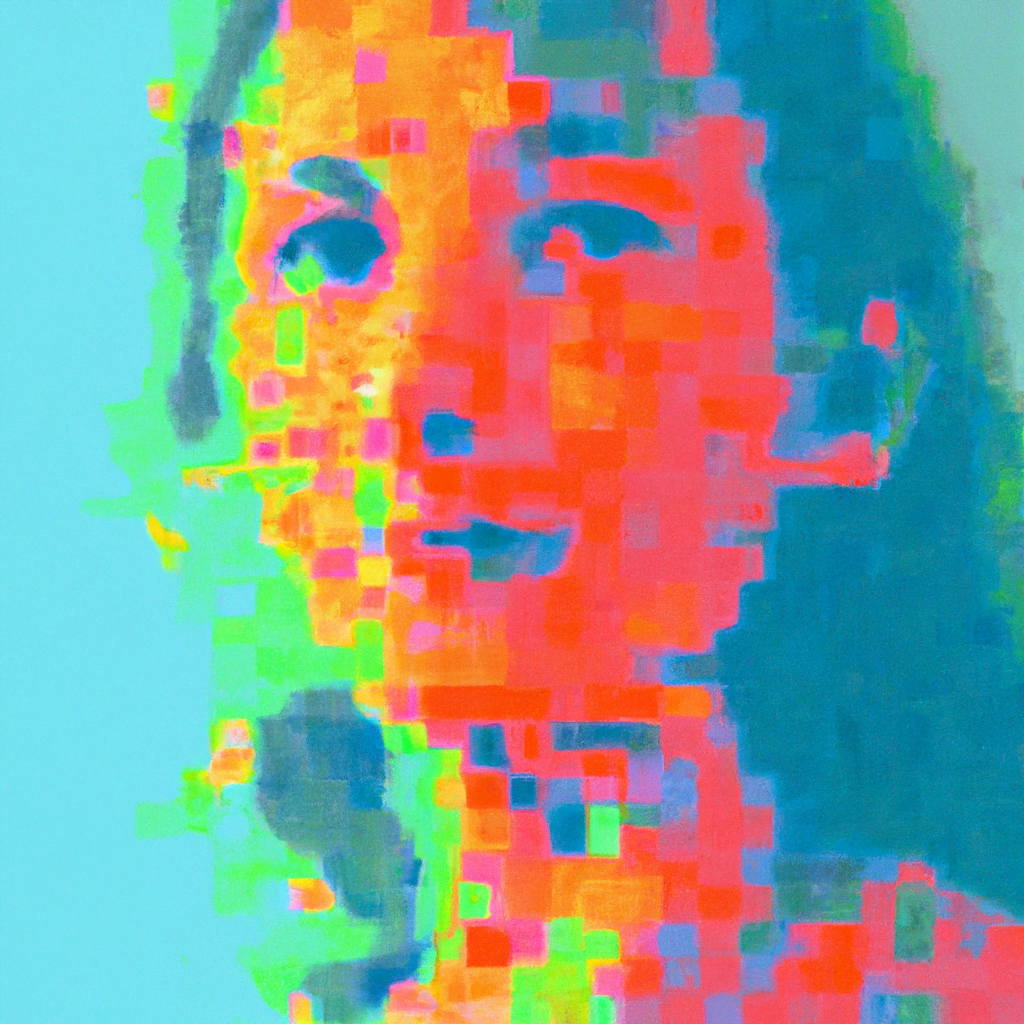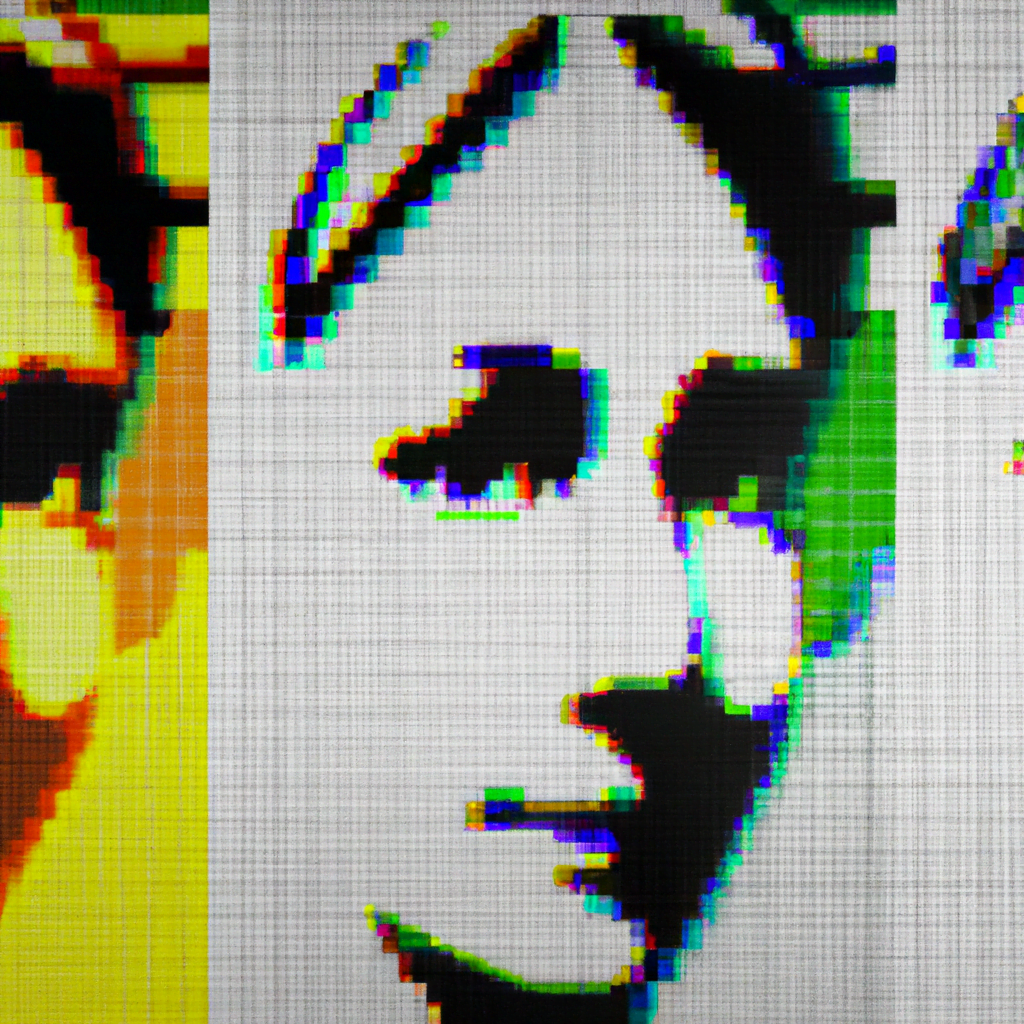
AI-Driven Pattern Recognition in Graphic Design

Graphic design is a field that relies heavily on visual elements to communicate messages and evoke emotions. Designers often spend hours searching for the perfect patterns to enhance their creations. However, with the advent of artificial intelligence (AI), pattern recognition has become more efficient and accurate. AI-driven pattern recognition in graphic design has revolutionized the industry, allowing designers to access a vast library of patterns and create visually stunning designs. In this article, we will explore the impact of AI-driven pattern recognition in graphic design and its potential for the future.
The Role of Pattern Recognition in Graphic Design
Pattern recognition plays a crucial role in graphic design as it helps designers create visually appealing compositions. Patterns can add depth, texture, and visual interest to a design, making it more engaging for the audience. Traditionally, designers had to manually search for patterns or create them from scratch, which was a time-consuming process. However, with AI-driven pattern recognition, designers can now access a vast database of patterns and find the perfect match for their design in a matter of seconds.
The Power of AI in Pattern Recognition
Artificial intelligence has revolutionized pattern recognition by leveraging machine learning algorithms to analyze and categorize vast amounts of data. AI algorithms can identify patterns in images, videos, and other visual content with remarkable accuracy. This capability has been harnessed by graphic design software to provide designers with an extensive library of patterns that can be easily integrated into their designs.
One example of AI-driven pattern recognition in graphic design is Adobe’s Sensei. Sensei is an AI-powered platform that uses machine learning algorithms to analyze patterns in images and suggest relevant design elements. For instance, if a designer is working on a website layout and needs a background pattern, Sensei can analyze the existing content and recommend patterns that complement the design. This saves designers valuable time and enhances their creative process.
Case Studies: AI-Driven Pattern Recognition in Action
Several case studies demonstrate the effectiveness of AI-driven pattern recognition in graphic design. One notable example is the collaboration between IBM and the Metropolitan Museum of Art. IBM’s Watson, an AI system, analyzed the museum’s vast collection of artwork to identify patterns and themes. This analysis helped designers create a series of patterns inspired by the museum’s collection, which were then used in various design projects. The AI-driven pattern recognition not only saved time but also added a unique artistic touch to the designs.
Another case study involves the fashion industry. Fashion designers often rely on patterns to create unique and visually appealing garments. AI-driven pattern recognition has enabled designers to explore a wide range of patterns and experiment with different combinations. For example, the fashion brand Prada collaborated with an AI company to develop a pattern recognition system that analyzed thousands of fabric patterns and suggested unique combinations. This AI-driven approach allowed Prada to create innovative designs that stood out in the fashion industry.
The Future of AI-Driven Pattern Recognition
The future of AI-driven pattern recognition in graphic design is promising. As AI algorithms continue to improve, designers will have access to even more accurate and diverse pattern libraries. This will enable them to create designs that are not only visually stunning but also tailored to specific target audiences.
Furthermore, AI-driven pattern recognition can also be used to analyze user preferences and trends. By analyzing patterns in user behavior and design preferences, AI algorithms can provide valuable insights to designers, helping them create designs that resonate with their target audience. This data-driven approach can lead to more effective design strategies and improved user experiences.
Key Takeaways
- AI-driven pattern recognition has revolutionized graphic design by providing designers with a vast library of patterns.
- AI algorithms can analyze and categorize patterns with remarkable accuracy, saving designers time and enhancing their creative process.
- Case studies demonstrate the effectiveness of AI-driven pattern recognition in various industries, including art and fashion.
- The future of AI-driven pattern recognition holds great potential for creating tailored designs and analyzing user preferences.
Conclusion
AI-driven pattern recognition has transformed the graphic design industry by providing designers with a powerful tool to enhance their creative process. The ability to access a vast library of patterns and analyze user preferences has revolutionized the way designers approach their work. As AI algorithms continue to advance, the future of pattern recognition in graphic design looks promising. Designers can expect to create visually stunning designs that resonate with their target audience, thanks to the power of AI-driven pattern recognition.
